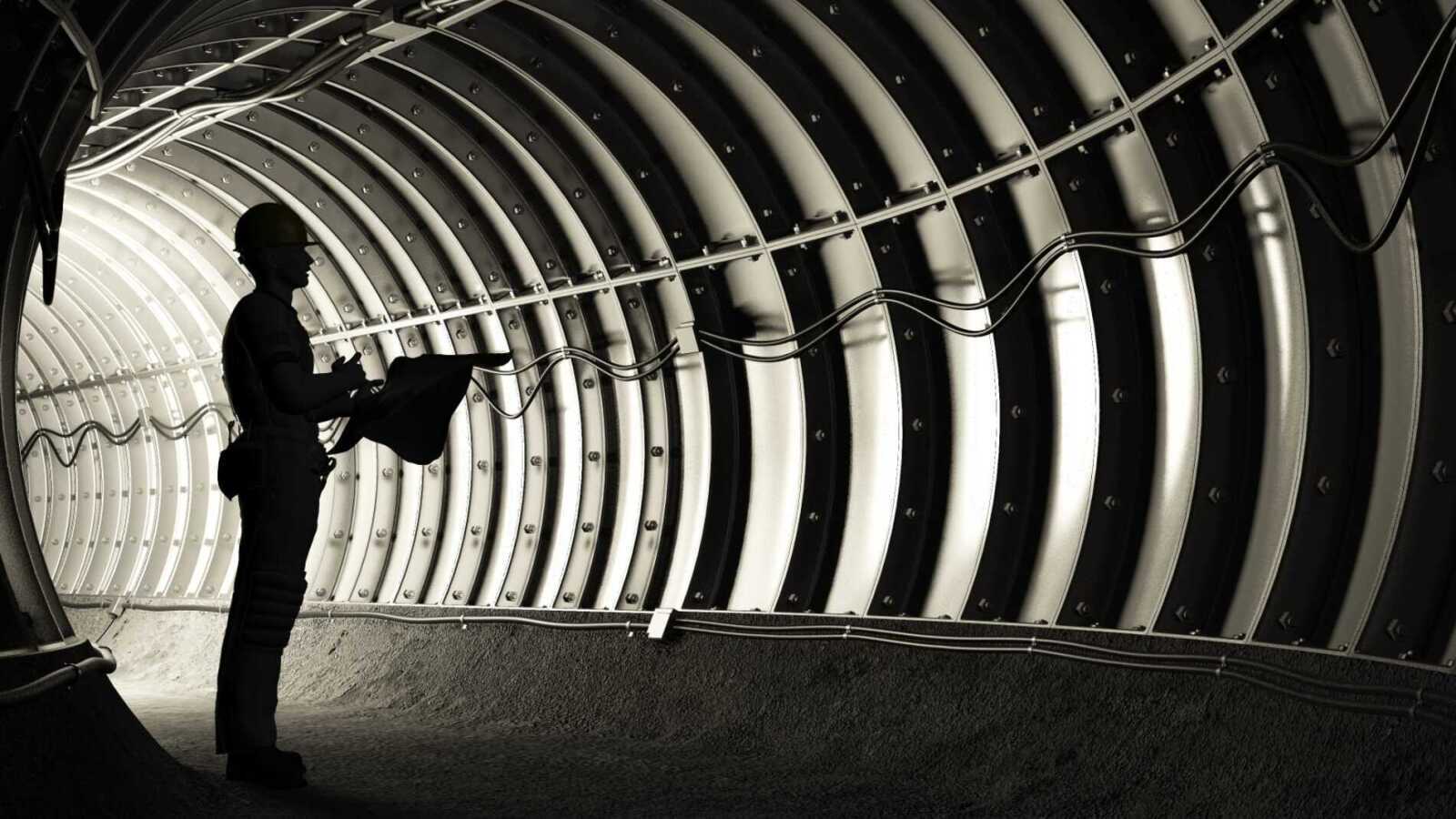
More mining needed for EVs to reach net-zero targets
Increased capex for mining is essential for the world to meet net-zero targets and build more EVs – but the industry will need to decarbonise its own
Increased capex for mining is essential for the world to meet net-zero targets and build more EVs – but the industry will need to decarbonise its own production process, writes Stephanie Baxter
The mining industry is firmly in the spotlight as it faces massive challenges to quickly deliver materials while global supply chains look to meet rising demands.
But the sector is also crucial to mine commodities that are essential for the decarbonisation of global economies, and there are expectations that funding will need to increase in the coming years.
Legal and General Investment Management (LGIM) suggested in April that without an increase in funding, the world will not be able to meet the huge increase in industrial metals needed to reach targeted net-zero goals across developed economies over the coming decades.
Meanwhile, the International Energy Agency (IEA) has warned the world could run low on copper, nickel, cobalt and other metals unless investment is increased in both existing and new mines.
Important role in EV boom
Base metals pave the road to decarbonisation, but they will also play an important role in the electric vehicle boom as new models are rolled out and regulations push for increased adoption of EVs.
For example, the UK is banning the sale of combustion engine vehicles from 2030 and trucks by 2040, while the government has announced a £350m fund to assist UK manufacturing and its supply chains adapt.
Tal Lomnitzer, senior investment manager for global natural resources at Janus Henderson says: “As EVs and charging stations continue to become more widespread and affordable, a significant amount of copper will be required to power this technology, upgrade the grid network, and connect offshore renewable energy projects to the grid.
“The amount of copper used in an electric vehicle is multiples higher than a conventional internal combustion engine – it is used in the motors, batteries, inverters, wiring and, of course, the charging stations.”
According to the IEA, electric vehicles use six times more mineral content than an internal combustion engine. Nickel, graphite, lithium, cobalt and, increasingly, aluminium, are key to making cars lighter and can now be welded and used in the chassis of the car, explains Lomnitzer.
Therefore, there is a real concern that without more capex, supply constraints and new price wars will emerge by 2030, especially as EVs become more commonplace as countries seek to decarbonise in line with the Paris Agreement.
Nickel has already been in short supply amid the war in Ukraine because Russia is a major supplier of the metal, and this, combined with increased demand for EVs, led to the London Metal Exchange freezing trading of Nickel in March.
Prices are therefore likely to stay high and potentially spike to provide an incentive to bring more metals to market, warns Lomnitzer: “The fundamental tightness existed before but is being exacerbated by recent geopolitical developments. While recycling will increasingly play a role in providing metals for the energy transition, it will not be enough to meet the exponential increase in demand for electric metals, and therefore mining companies will be critical actors in avoiding delays to the energy transition.”
Governments also have a role to play in helping fund and, more importantly, expediting the permitting of key resources, he adds.
While recycling will increasingly play a role in providing metals for the energy transition, it will not be enough to meet the increase in demand for electric metals. Therefore, mining companies will be critical actors in avoiding delays to the transition.
Mining looks to renewable energy
But, of course, providing more capex to mining brings another set of challenges because the sector is a heavy carbon emitter whose equipment and trucks have largely relied on diesel and petrol.
Mining companies are looking to renewable energy sources to replace fossil fuels – but this is still early days, according to KPMG’s Global Mining Outlook 2022.
The firm said new technologies could help mining companies reduce their operational carbon emissions, and that, if mining equipment and trucks could run on electric batteries, the carbon gains could be significant.
KPMG’s research shows 87% of mining executives believe technology has a key role to play in solving ESG challenges. Nearly half of executives predict technological innovation will be a source of major disruption in the industry over the coming three years.
Katherine Wetmore, partner of KPMG’s risk practice in Canada, suggested in the report that the industry knows technology can help it meet its environmental challenges but “securing the talent to enable it to do this is key”.
Institutional investors are taking note: a new global investor initiative, Mining 2030, was set up in March to tackle eight systemic issues challenging the mining sector and the low-carbon transition. It will use a collaborative engagement model to identify the interventions needed.
The mining sector is essential for the world to meet net-zero targets by producing much-needed metals to build EVs – but the industry will need to decarbonise its own production process through new technology.




